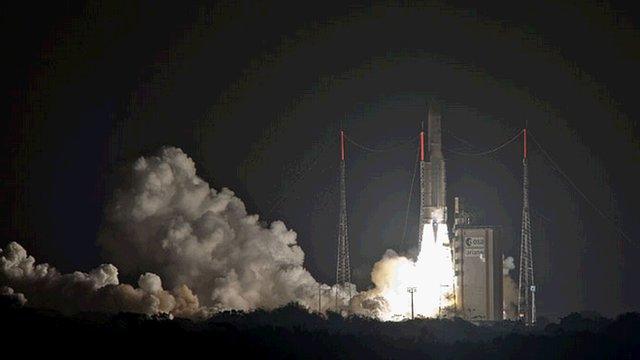Project Oberon: UK eyes cluster of military radar satellites
- Published
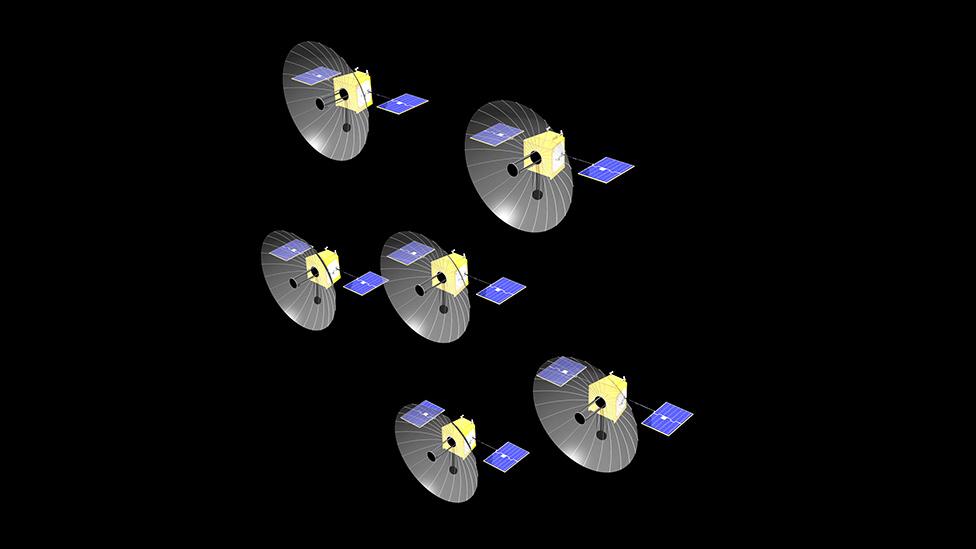
Artwork: The satellites would fly in formation to geo-locate radio transmissions
The UK government is pushing ahead with its plans for a cluster of military radar satellites, placing a design study with Airbus.
Project Oberon, as it's known, has been in discussion for a while.
It envisages a network of small spacecraft capable of seeing the Earth's surface in all weathers and at night, and at very high resolution.
The satellites would also have sensors to locate the use of radio transmissions.
This is information that can be used in tandem with the radar pictures to better identify targets on the ground and interpret their behaviour.
Currently, British forces do not have the benefit of a sovereign Earth observation system. They must rely on commercial imagery or data supplied by allies.
Radar satellites have traditionally been big, expensive beasts, but technology developments are shrinking the size and cost of these platforms.
The Airbus study anticipates a demonstrator spacecraft being launched in 2022 with an operational capability in orbit possibly as early as 2025.
"Project Oberon builds on Airbus' expertise in space radar technology developed over 40 years," said Colin Paynter, the managing director of Airbus Defence and Space UK.
"I look forward to seeing this study leading to a new world-class surveillance capability for the UK Ministry of Defence (MoD), helping to protect our armed forces across the world."
News of the study was announced by Gary Aitkenhead, the chief executive of the UK's Defence Science and Technology Laboratory (Dstl), an executive agency of the MoD.
He was speaking at the Defence and Security Equipment International (DSEi) trade show at London's ExCel conference centre.
"This addition to our capability is a valuable part of the future of Defence Space. Partnership between Dstl and Airbus on this project secures UK jobs as well as continuing to exploit advances in the UK space sector."
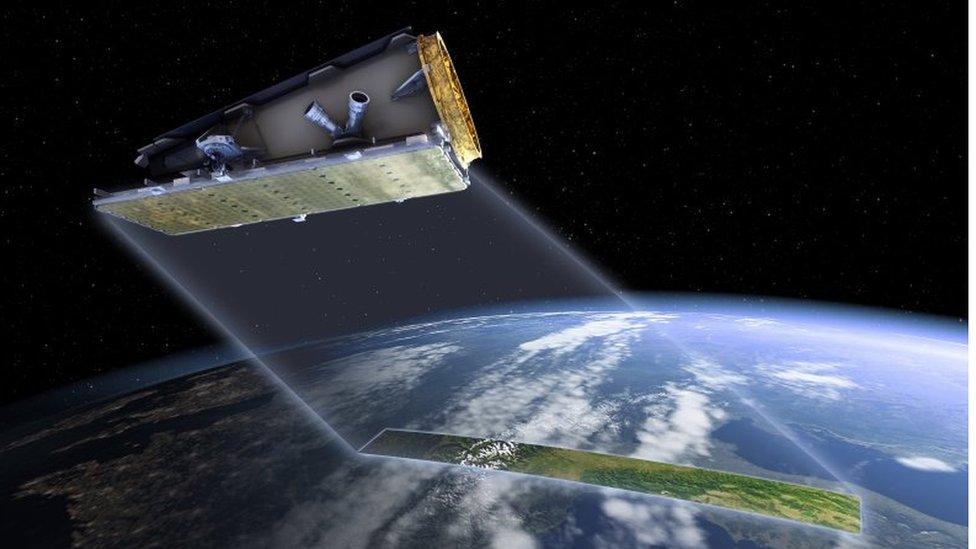
Artwork: NovaSar was launched in September last year
The armed forces have been testing data gathered by the NovaSar satellite, which was launched a year ago.
This first all-British radar spacecraft was developed by Airbus and its subsidiary Surrey Satellite Technology Ltd.
At 430kg, it is small by historic comparison, but still large when set against the very latest platforms now being built by commercial operators, such as the Finnish Iceye company and the US start-up Capella. Their satellites weigh well under 100kg.
Airbus says it too can achieve similar compactness whilst also delivering very high performance.
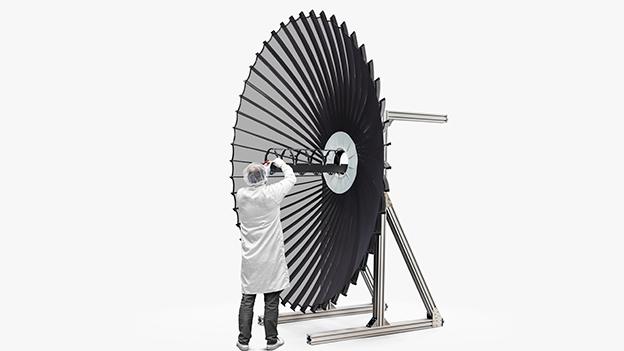
The OSS looks something like a parasol when deployed
The new satellites would likely use the innovate antennas from Oxford Space Systems (OSS).
These carbon-fibre structures stow away in very small volumes for launch but then spring into shape once in orbit.
The "wrapped rib" design would transmit (via a smaller inner-structure) and receive the radar pulses that are used to map the surface of the Earth.
The MoD is already funding R&D work at OSS.
Sensing and geo-locating the source of radio frequency (RF) transmissions is an emerging Earth observation technique.
A good example where this can be useful is in maritime patrol.
Pirates and illegal fishers will often switch off their GPS trackers to try to hide from the authorities, but they will still be visible to satellite-borne RF sensors if they are using radios and other equipment to coordinate their illegal activities.
The tender for the Project Oberon study was issued at the end of last year.

British forces' communications are tied into a secure satellite system
The DSEi event on Wednesday also saw the MoD announce the competition to run its next-generation Skynet telecommunications network.
The current Skynet-5 system was procured as a complete service (satellites and operations) from Airbus under a Private Finance Initiative (PFI) in 2003.
For Skynet-6, the MoD will be moving to a model where it retains ownership of the satellites but brings in a commercial partner to manage the secure communications these spacecraft enable.
At the moment, just one geostationary satellite, Skynet-6a, has been ordered (from Airbus) for the new network.
Skynet-5 has four spacecraft in orbit providing global connectivity for British armed forces.
Jonathan.Amos-INTERNET@bbc.co.uk, external and follow me on Twitter: @BBCAmos, external
- Published9 August 2019

- Published2 April 2019
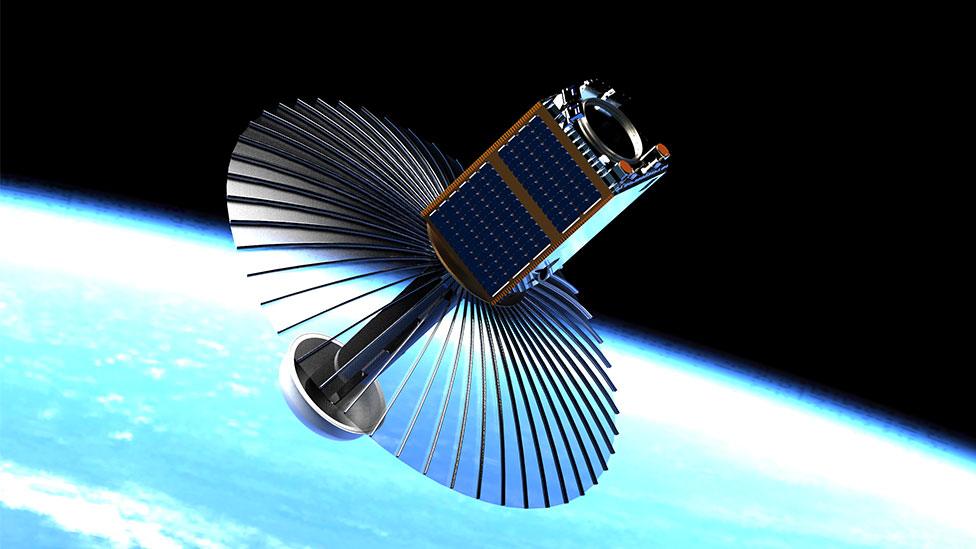
- Published28 January 2019

- Published23 November 2018
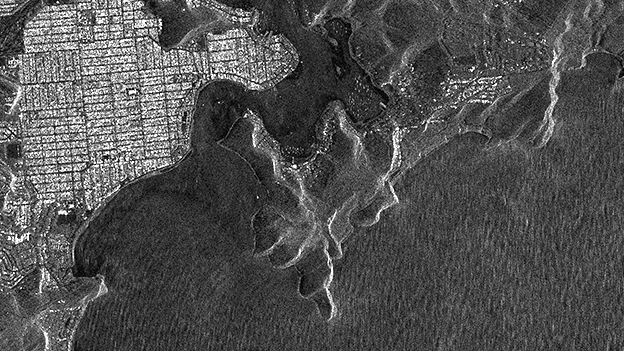
- Published19 December 2012
